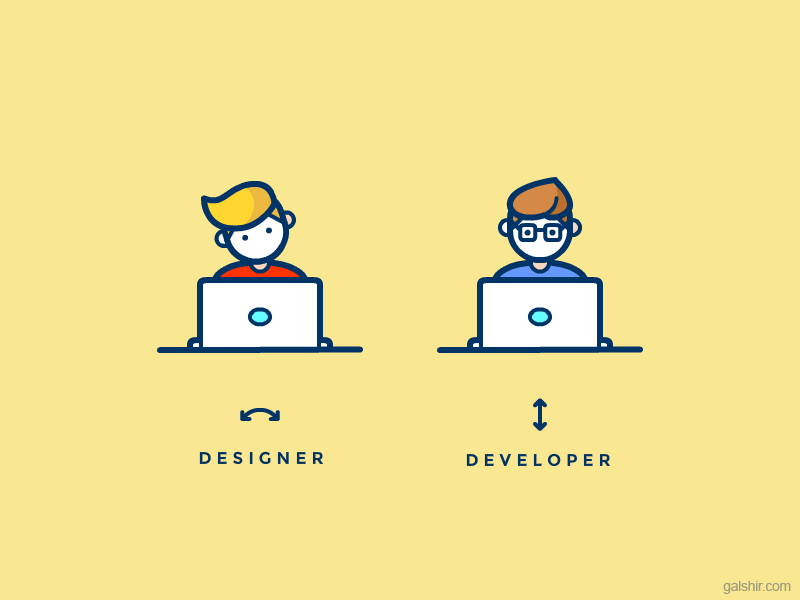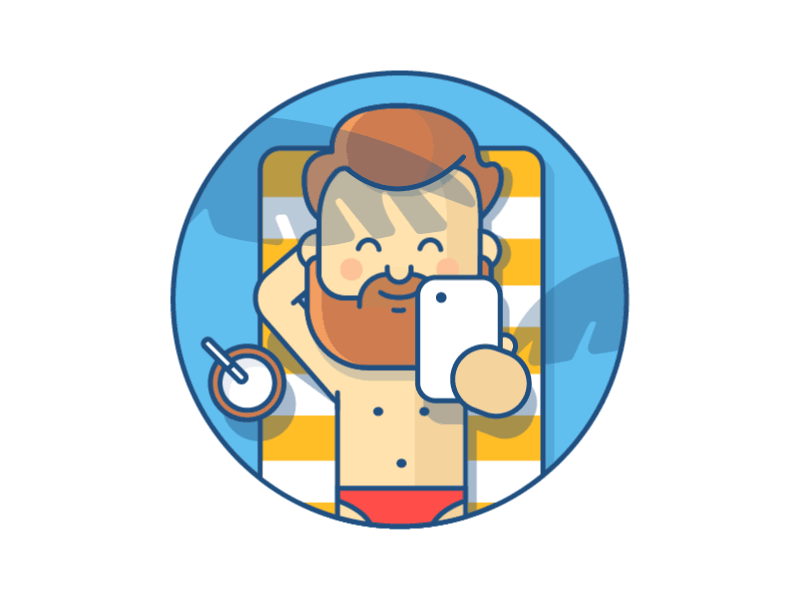Illustrator, web designer, UI master? It's tough to work out what to specialise in.. Here are a few helpful tips to get you on the right path, whilst figuring out your speciality.
I know what it’s like when you are starting out, it can be a challenge to work out what to focus your time on and to choose what skills to develop creatively. When looking around for inspiration and as you start to get into design you soon realise there are so many different styles of design, illustration & lettering that it can be overwhelming working out where to begin!
As you start to build up a collection of your favourite designers who are at the top of their game you’ll find more often than not, that they generally specialise and focus on one style or direction of design and this is what they have become popular for and build their reputation around.
You need to be aware of the fact that these guys have been in the game for a long time! To get to the point in their career that they are able to be super selective and just focus on one particular style has taken a lot of back and fourths, and in most cases has been a long journey of trial and error.

Progression
The best way to work out what you are going to focus on is to let your skills develop in various areas first, and then work out what you want to specialise in later on when you can be more selective. This process of trying all different aspects of design when you’re starting out is not only fun and experimental, but will actually help you become a more talented designer in the long run. Generally speaking, the goal will be to become a specialist in one area, but understanding and having skills in others will not do you any harm at all.
Work satisfaction
The dream for any designer is that you’ll have complete work satisfaction, love every project you work on and never get bored of design. The truth is, even as you progress, you’ll have up’s and downs when working on client projects and the best way to get satisfaction at work is to continually build up your skills and techniques. This way tasks become easier, quicker and less challenging. If you are freelancing, dedicating time to personal projects, tutorials and other creative courses is a must and can definitely be justified spending time on this.
As I was starting out, I always ensured that alongside client projects I was focusing time on personal creative projects so that I kept up my skill development and had something fun to fall back on when client projects were weighing me down.

Paying the bills whilst keeping your dignity!
There’s no way you’re going to be able to pick and choose projects right from the get go and that means taking on some less exciting projects to help you bring in some money to pay those bills! However, there are ways to position yourself so that you attract the right type of clients and end up getting the kinds of project yours after!
Plan and research
Spending time planning, and researching the types of clients you would like to work for will help you when putting together your portfolio and overall appearance as a designer. Don’t market yourself as an ‘I’ll do everything for 5 bucks’ kinda guy... unless you want to be dealing with some difficult clients who don’t want to spend any money. At the same time, without an impressive work history and client list, you can’t market yourself right at up there with the big boys. Position yourself somewhere in the middle, and when needs be, you can always bulk up your portfolio with a few projects from Briefbox that suit the kind of work you want to end up doing.
Joel Rosen is the Co-founder and Creator of Briefbox. Alongside adding fresh new briefs, resources and curating the Briefbox sets, Joel is also an active mentor to our community. A passionate illustrator and typographer, he is also the Co-Founder and Creative Director of UK based design agency, ORCA, where he leads his own awesome creative team on large scale brand and digital projects.
Cover illustration by: Type08

